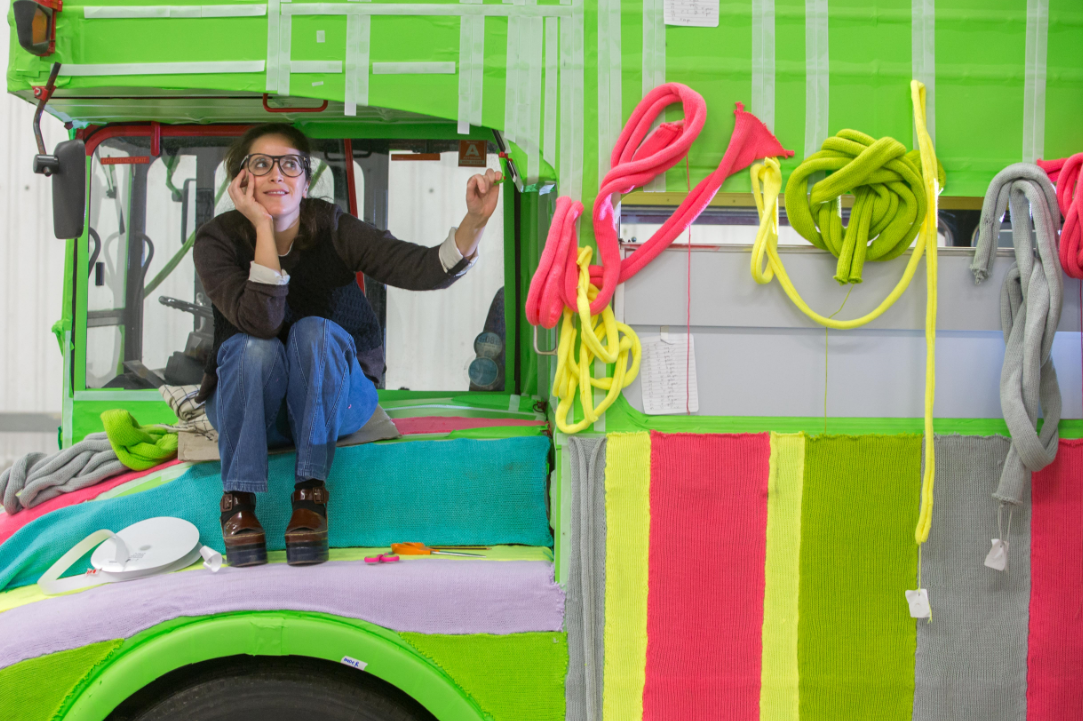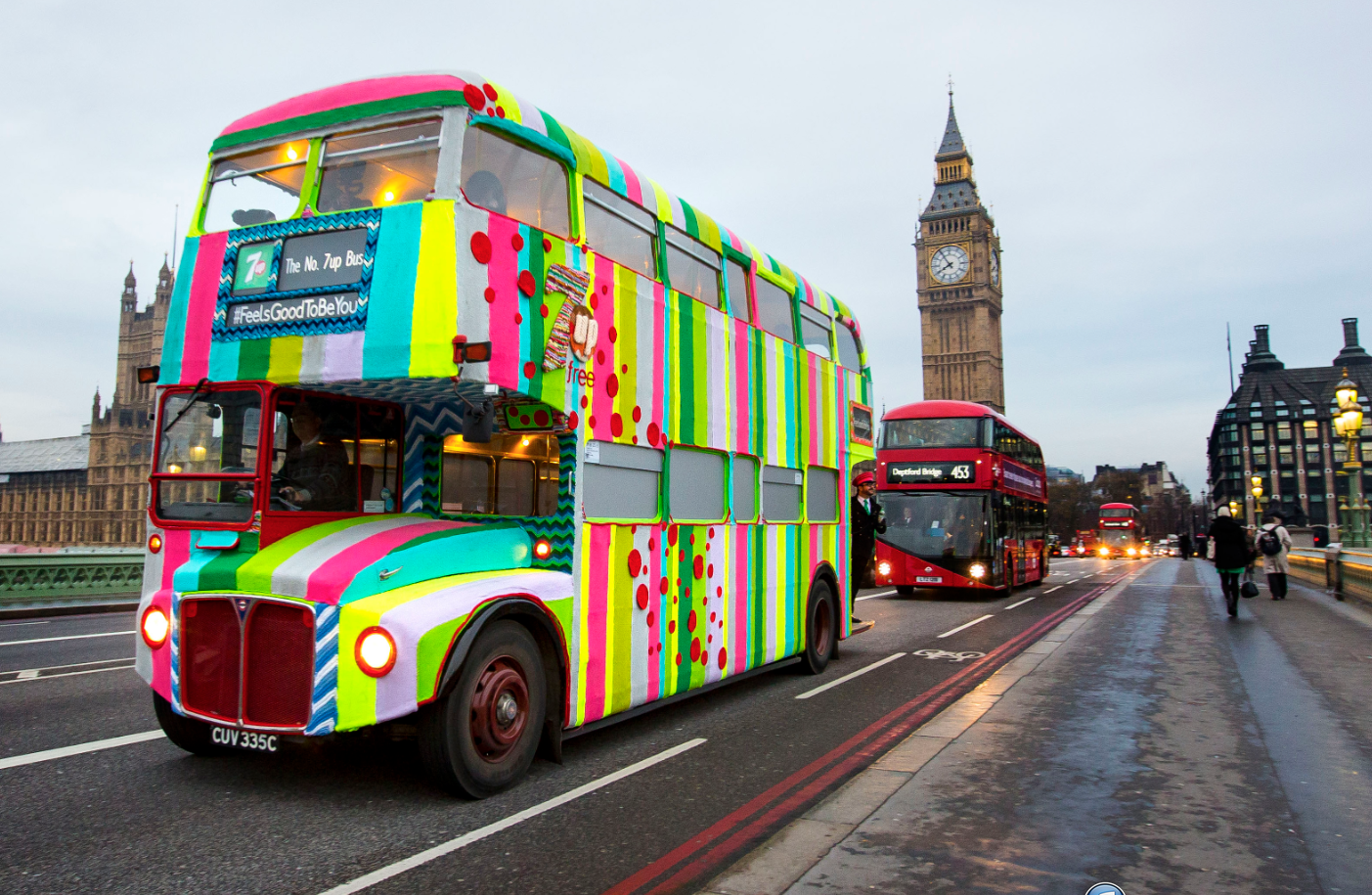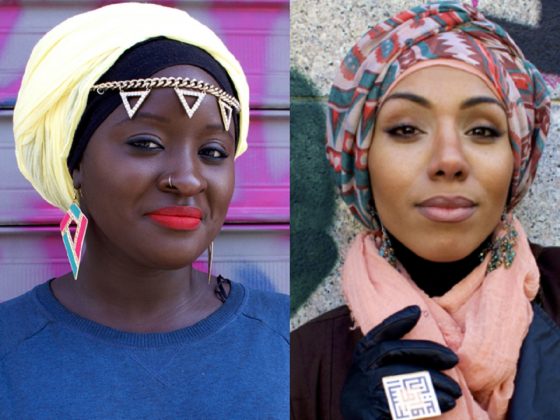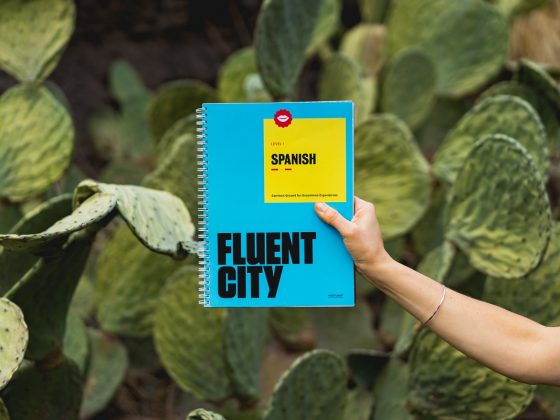Magda Sayeg is on a mission to give knitting a makeover. Known as the ‘mother of urban knitting’, she’s travelled the world transforming urban areas with eye-catching colourful knitted designs. You name it, she can knit it, with trees, cars and buses all featuring in her impressive portfolio. StyleAble managed to grab some time with her to ask her about her life as a yarn bomber, and get her top tips for new knitters…
“I’ve always loved working with my hands. When I first started knitting, I wasn’t amazing. My only incentive was to make a scarf for a boyfriend then. It took many years later for me to find inspiration that went beyond impressing a boy. I found a niche and from that point on, I was hooked.
Simply put, yarn bombing is a form of street art that uses knitted or crocheted material instead of paint or a spray can.
The handmade quality of knitted or crocheted material on an object that is industrial or produced without human contact, is part of what makes this work so eye catching. Once I put these two seemingly opposite things together, I realized the world was my playground. There is so much in the environment that is sort of ordinary, mundane, even invisible. For me, that was what I loved to play with: making the ordinary extraordinary, elevating the mundane and making the visible blaringly bright. My dream was to work, live, and even breathe, in a creative environment. I feel very lucky, even humbled and honoured to be able to live this dream.
The time it takes to complete a project varies; depending on what the project is and how many people I have on my team. In the beginning, I used to take on projects on my own, and it was hugely time-consuming. I had no life beyond my yarn and knitting needles. Now I have a team of amazing people, including a project manager and a team of knitters, who share in the production and fly all over the world with me to see these projects come to life. My most recent project was really impressive – my team and I worked with 7up on their #FeelsGoodToBeYou campaign. We knitted an entire Routemaster bus, inside and out, and went on to have the bus driven around Central London, attracting a lot of attention. A double-decker bus has always been on my wish list. It is a little surreal that I actually did cover one.
Each project can take anywhere from two to six weeks depending on the intricacy of the knitting and the size of the subject matter. Each project is split into two parts: first we work on the production of material, and then we can get started on the exciting bit – the installation. With the bigger jobs I enlist the help of my talented team of knitters. We get together to create a plan of action – timings; what my overall vision is; and who will take care of what. It’s all about good project management. When it comes to essential tools, we always make sure we’ve got our size II needles, cases of yarn, lots of measuring tape, and plenty of sharp scissors.
There are many facets to my work. I do large commercial installations, but I also lecture and love working on community based projects. I have my own artwork that I call my spirograph series. These pieces can be wall mounted, so I show this work in galleries and in exhibitions. It is also work that people can purchase, which has been something I have been asked to do now for years. I really love making them as well. That is what is great about what I do: it never gets old or goes stagnant. There is always something new on the table…. that needs to be covered in yarn of course!
It is amazing that my work has taken me all over the world. That is my favourite part about my job and is probably why I will never want to stop doing what I do. Inspiration is everywhere. I don’t need to walk through an art gallery to see that. I see it in music I listen to, a book I am reading, a drawing my daughter does, the lipstick my mother is wearing….even the perfume bottles on my aunt’s side table. If one stays aware of their environment, then there are limitless amounts of inspiration. I really like good street art – I relate to the graffiti side of art. Also blogs are a fantastic source of creativity; I find Jealous Curator particularly fun to look at. She has a cheeky way of posting work she is inspired by. To be honest, I am inspired by so many artists! Here are a random few, but I could go on and on… Tom Friedman, Diane Arbus, Andrew Kuo, Christian Marclay, Barry Mcgee, Andrew Jeffrey Wright, Augustina Woodgate. I loved working with Rei Kawakubo for Commes des Garcon.
I’d encourage new starters to just persevere. It takes patience to learn anything. It is a craft which means it is slow paced… something we can’t click our remote control to finish or download an app to refine, but, I will say, the Internet is a great place to learn how to make anything!”











